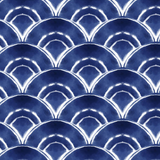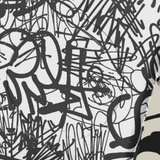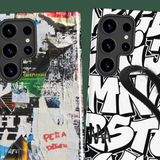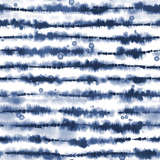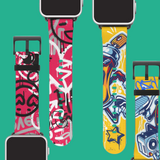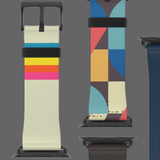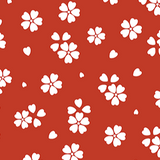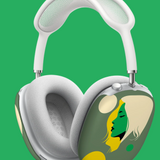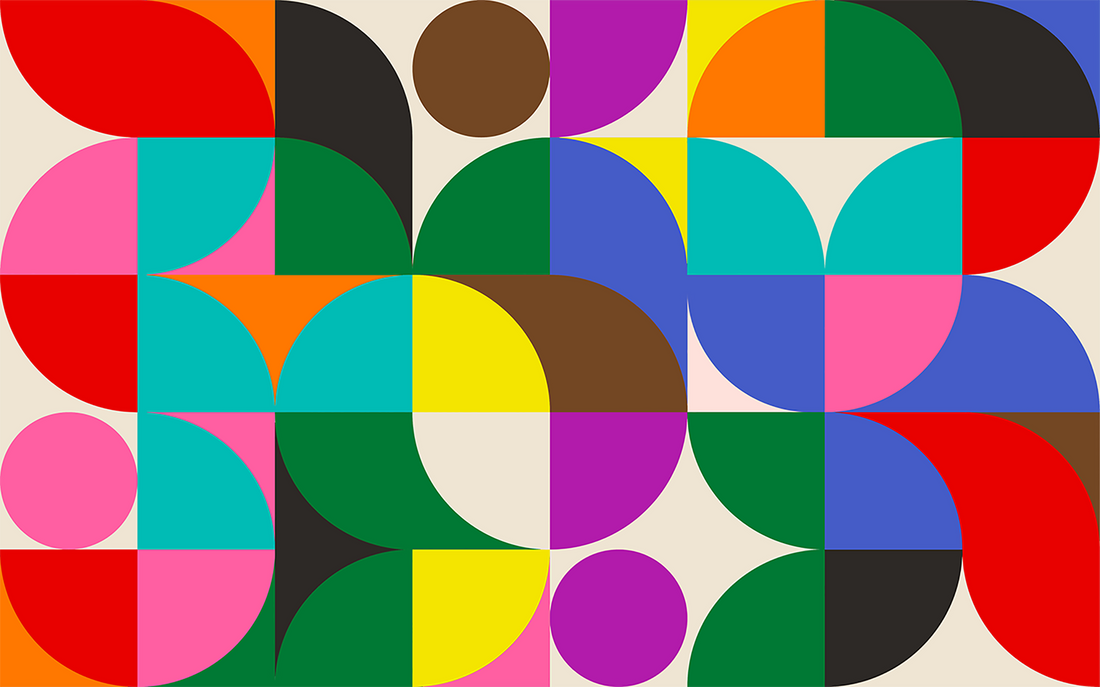The Pride flag is one of the most recognizable symbols of the LGBTQ+ community, representing love, unity, and resilience. Its vibrant rainbow colors are a beacon of hope and solidarity, waving proudly at parades, protests, and celebrations worldwide. This iconic flag has a rich history that dates back to the 1970s, rooted in the struggle for LGBTQ+ rights and equality. Let’s explore the birth of the Pride flag, its evolution, and the profound impact it has had on the world.
The Origins of the Pride Flag
The Pride flag was born out of a need for a unifying symbol for the LGBTQ+ community. In the early 1970s, the gay rights movement was gaining momentum in the United States, but there was no universally recognized emblem to represent the community. The pink triangle, which had been used to identify homosexuals in Nazi concentration camps, was sometimes used, but its association with persecution made it a contentious choice.
In 1978, artist and activist Gilbert Baker was approached by Harvey Milk, one of the first openly gay elected officials in the United States, to create a symbol of pride for the gay community. Baker, who had served in the U.S. Army before becoming a prominent figure in the San Francisco gay rights movement, accepted the challenge with enthusiasm. He envisioned a flag as the symbol, believing that it could be flown with pride and seen from afar, much like a country's national flag.
Designing the Flag
Gilbert Baker's vision for the Pride flag was deeply influenced by the idea of creating something positive and inclusive. He wanted a symbol that celebrated the diversity and vibrancy of the LGBTQ+ community. Drawing inspiration from the rainbow, which he saw as a natural flag from the sky, Baker decided to use eight colors, each with its own meaning.
The original Pride flag, first flown on June 25, 1978, at the San Francisco Gay Freedom Day Parade, featured the following colors and their respective meanings:
- Hot Pink: Sex
- Red: Life
- Orange: Healing
- Yellow: Sunlight
- Green: Nature
- Turquoise: Magic/Art
- Indigo: Serenity
- Violet: Spirit
Each stripe was hand-dyed and sewn by Baker and a team of volunteers. The flag was an immediate success, resonating with the community and becoming a powerful symbol of gay pride.
Evolution of the Flag
Shortly after its debut, the Pride flag underwent some changes. Due to difficulties in obtaining hot pink fabric, the pink stripe was removed, resulting in a seven-color flag. Later, in 1979, the flag was further simplified to six colors. The turquoise stripe was eliminated, and indigo was replaced by royal blue, giving us the six-color flag that is widely recognized today:
- Red: Life
- Orange: Healing
- Yellow: Sunlight
- Green: Nature
- Blue: Harmony
- Violet: Spirit
This six-color version of the Pride flag quickly became the standard and was adopted by LGBTQ+ communities around the world. Its simplicity and vibrant colors made it a versatile and powerful symbol, easily recognizable and loaded with meaning.
The Pride Flag as a Global Symbol
The Pride flag's adoption as a global symbol of the LGBTQ+ community was driven by the increasing visibility and activism of LGBTQ+ individuals and groups. Throughout the 1980s and 1990s, as the gay rights movement grew, the flag was prominently displayed at pride parades, protests, and events, symbolizing unity and resilience in the face of adversity.
The flag also played a crucial role during the AIDS crisis in the 1980s. As the LGBTQ+ community was disproportionately affected by the epidemic, the Pride flag became a symbol of solidarity and support. It was used to raise awareness, advocate for better healthcare, and honor those who had lost their lives to the disease.
In the 21st century, the Pride flag continues to be a powerful symbol of LGBTQ+ identity and activism. It has been embraced by a diverse array of people and organizations, from celebrities and corporations to schools and governments. The flag's presence at pride events, in public spaces, and on social media platforms has helped to foster greater visibility and acceptance of LGBTQ+ individuals and issues.
Variations and Extensions of the Pride Flag
Over the years, the original Pride flag has inspired numerous variations to represent different identities within the LGBTQ+ community. Some of these include:
- The Bisexual Pride Flag: Featuring pink, purple, and blue stripes, this flag represents bisexual individuals and their unique experiences.
- The Transgender Pride Flag: Designed by Monica Helms in 1999, this flag has blue, pink, and white stripes, symbolizing the transgender community.
- The Progress Pride Flag: Created by Daniel Quasar in 2018, this flag incorporates black and brown stripes to represent LGBTQ+ people of color and the colors of the transgender flag, highlighting the importance of inclusivity and intersectionality within the community.
These variations of the Pride flag highlight the diversity within the LGBTQ+ community and emphasize the importance of recognizing and celebrating all identities.
The Impact of the Pride Flag
The Pride flag's impact on the LGBTQ+ community and society at large has been profound. It has helped to foster a sense of belonging and solidarity among LGBTQ+ individuals, providing a visible symbol of their identity and struggles. The flag has also played a crucial role in raising awareness and promoting acceptance, challenging stereotypes, and advocating for equal rights.
The Pride flag has become a symbol of hope and resilience, reminding us of the progress that has been made in the fight for LGBTQ+ rights and the work that still needs to be done. It has been flown in some of the most hostile environments, symbolizing courage and defiance in the face of discrimination and violence.
Conclusion
The birth of the Pride flag is a testament to the power of symbols in uniting and empowering communities. What began as a vision of creating a positive and inclusive emblem for the gay rights movement has grown into a global symbol of love, unity, and resilience. The Pride flag continues to inspire and uplift, reminding us of the strength and diversity of the LGBTQ+ community and the ongoing fight for equality and acceptance.







